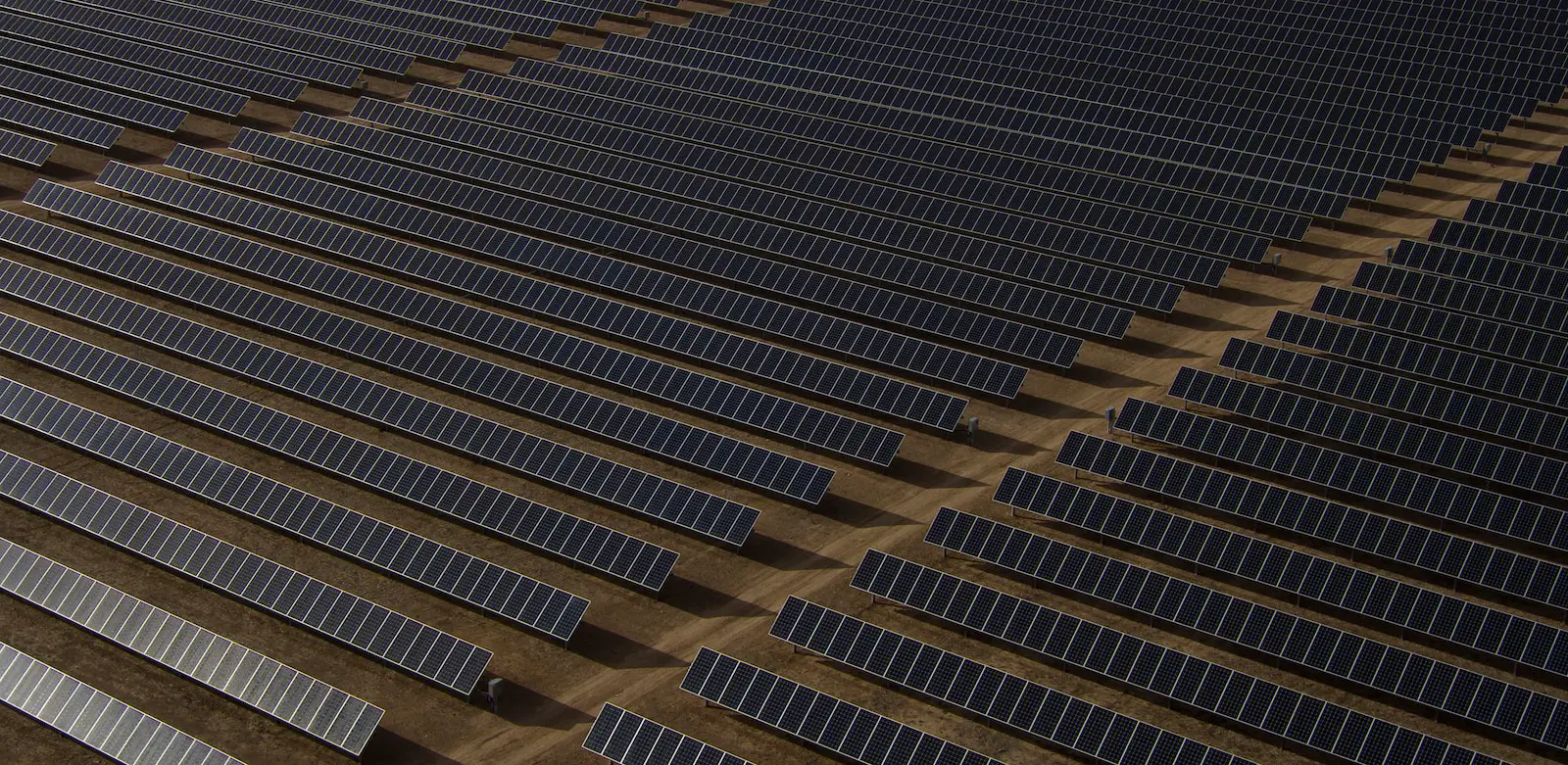Solar farms, as large-scale power-generating facilities, harness the sun’s energy to produce clean and renewable electricity.
Integrating solar farms into the existing electrical grid is a critical aspect of their operation, ensuring that the generated power is accessible to consumers and contributes to the overall energy mix.
Connecting solar farms to the grid involves a series of carefully planned steps and components designed to maintain a stable and efficient flow of electricity.
Every solar farm is connected to a specific junction on the electrical grid, a massive system of wires that links all power generation plants to every household and commercial establishment that utilizes electricity.
This junction is called the “point of interconnection” (POI). The POI varies for large-scale utility projects as compared to community-level solar projects.
The connection to the grid is typically facilitated by a substation, which serves as an intermediary between the solar farm and the larger electrical network.
Method1: Interconnecting With a Substation
Substations are predominantly located near transmission line towers.
In rural locales, they usually sit on the outskirts of towns or are proximate to power generation sites, manufacturing facilities, or drilling and mining operations.
In urban settings, transmission lines tend to run alongside major roads or highways.
A substation, encased within a fence and managed by a utility, serves to transition high voltages to low, and vice versa, catering to voltage disparities.
For instance, households operate on 120 volts (AC), but for minimized power losses, electricity travels across distances at significantly elevated voltages. Power plants, including solar farms, also emit power at varying voltages.
Should the closest transmission line to your premises carry a voltage of, say, 115 kV (115,000 volts), the solar farm’s output voltage needs to “step up” to 115 kV to channel power into it.
Conversely, the electricity conveyed to a neighborhood 50 miles away must eventually “step down” in voltage to be usable by homes.
Connecting at a substation is often favorable for a solar farm since the facility is pre-established, and its design simplifies the interconnection process.
Method 2: Interconnecting With a Line Tap
An alternative Point of Interconnection (POI) to a substation is a line tap, essentially entailing a connection to a high-voltage power line, at times necessitating the construction of a switchyard.
This method can be financially heftier and technically more demanding.
A notable challenge is the escalating cost of interconnection as the voltage of the transmission line rises.
It’s not financially prudent to link a smaller project to a high-voltage transmission line.
Conversely, larger projects typically necessitate a connection to a higher-voltage line.
So the presence of a transmission line on or near your property doesn’t automatically render it a cost-effective or technically viable point for connection.
What Is The Most Common Way to Store Energy In The Grid?
Pumped hydropower is the primary energy storage method in the power grid, whereas solar power plants usually pair with energy storage systems (solar batteries) in PV plants and thermal storage (fluids) in CSP plants.
Solar energy generated by photovoltaic (PV) plants or concentrated solar power (CSP) systems can be stored in the grid using various technologies to ensure a consistent and reliable electricity supply.
The predominant method of grid-scale energy storage is pumped hydropower, where excess solar energy is used to pump water uphill to a reservoir, which can later be released to generate electricity when needed.
However, solar power plants often employ other storage techniques, such as electrochemical storage using batteries for PV plants and thermal storage using heat-absorbing fluids for CSP plants.
These energy storage solutions facilitate the integration of solar power into the grid, allowing for better management of the inherent variability of solar energy generation and providing consumers with a more stable and continuous power supply.
As a result, the efficient utilization of stored solar energy in the grid contributes to a sustainable and resilient energy infrastructure.








